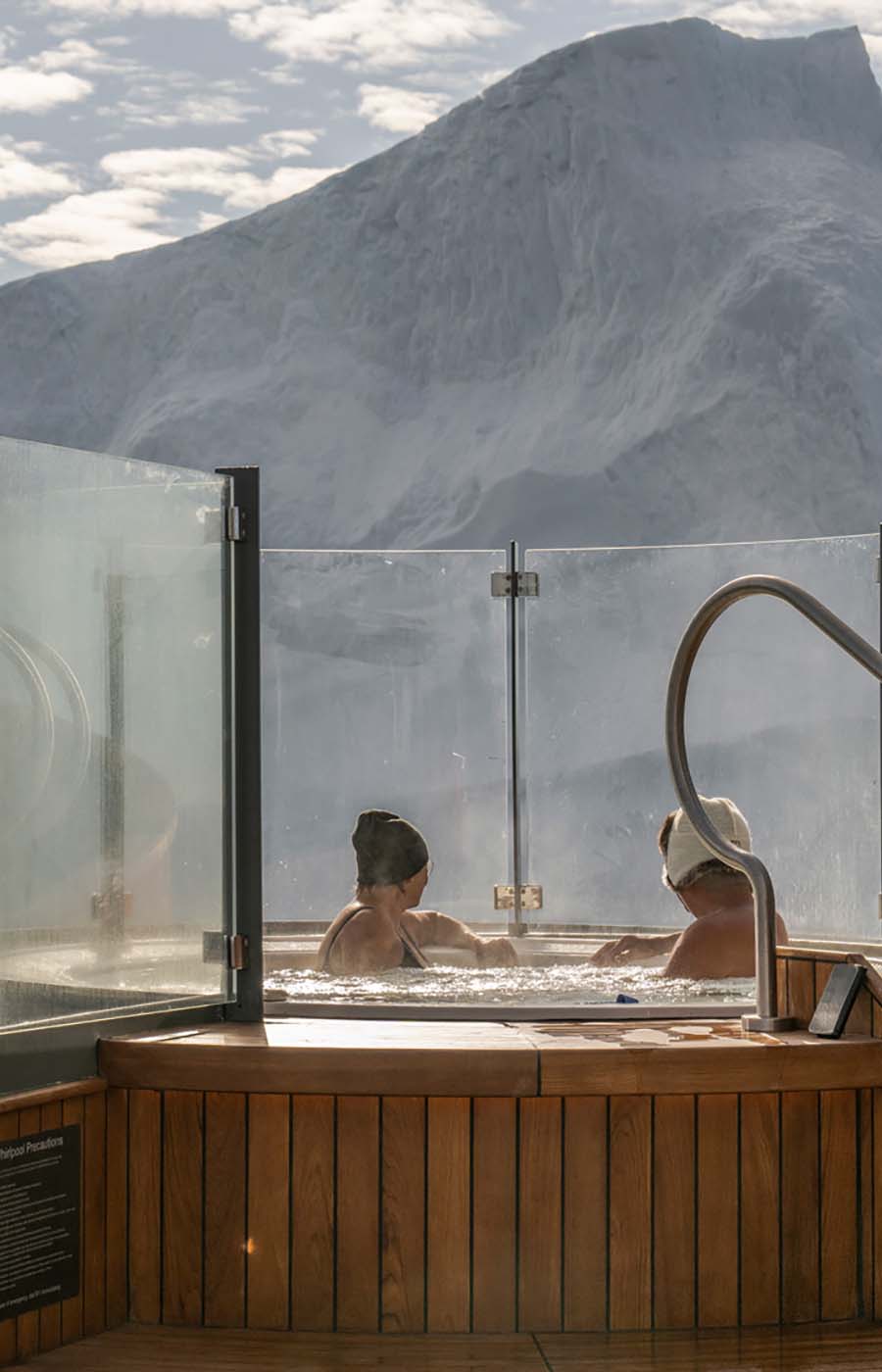Learn about one of the world’s most famous & colorful neighborhoods.
Caminito is a bright, vibrant alley located in the La Boca neighborhood of Argentina's capital city of Buenos Aires. It was immortalized in a famous tango song, whose lyrics talk about the sadness of a dissolved relationship and reference longing in this specific alley.
The alley, however, began as a small stream. When the stream dried up, it was covered up with railroad tracks. The railway was eventually abandoned, though, and the alley became a waste yard. Midway through the 20th century, disillusioned by what had occurred, an artist began painting the exterior of all of the houses on Caminito with bright pastel colors. He also installed a stage at the end of the alley. And the area has since become not only a popular tourist destination but also an artist’s community and something of an outdoor art museum.
La Boca is a blue-collar neighborhood in southeast Buenos Aires. It sits at the mouth of the Riachuelo River, which explains the name: In Spanish, “boca” means “mouth.” Thanks to its port location, the area was initially home to a large immigrant population; today, numerous Italian restaurants dot the neighborhood’s storefronts.
Caminito remains perhaps the area’s main tourist destination, and the streets of La Boca are filled with vendors, artists selling their wares, and tango dancers. There’s no better way to get a feel for the neighborhood than being out on the street. However, there’s also Usina del Arte, a converted red-brick power station that is now a performance venue where they offer free concerts and various other events related to the arts. And there’s the Fundación Proa, a modern art museum that’s open from Tuesday to Sunday. The museum’s cafe offers nice views of the Riachuelo. La Boca has plenty of great restaurants, but not much in the way of nightlife.
The beauty of the art in La Boca is how multifaceted it is. At Usina del Arte, various forms of performance art are on display, while the Fundación Proa showcases the cutting-edge of studio art, featuring world-famous names. And then on the street, there are all kinds of performers and painters putting their works on show. Fittingly, there’s also a museum that honors the first artist to paint the alley, as well as other artists from all across Argentina.
Boca Juniors, one of the most successful soccer clubs in South America, plays its games at a La Bombonera, a famous stadium in La Boca near Caminito. The squad has been around since the early 1900s and serves as a source of pride for the working-class neighborhood. The team’s star players are treated less like sports icons and more like religious idols. The apex is the match between the team and its more white-collar Buenos Aires rivals, River Plate. There’s no other rivalry quite like it in sports.
Related Seabourn itineraries and amenities below
A trip to a game is a once-in-a-lifetime experience, but it’s best to take precaution due to the intensity of fans. So, for tourists, the best way to safely attend a game is to do so through one of the many tourist companies that offer trips to games and seating in the best sections of the stadium.
There are a number of tango-related tour options that offer a combination of lessons, dining, spectacting, and history of Caminito’s tango-related offerings. However, most of the better tango-for-beginner tourist options exist elsewhere in Buenos Aires, outside of La Boca. Places like La Viruta, which is one of the city’s most famous tango-halls and is located in the Palermo neighborhood of northeast Buenos Aires, offer a great combination of cultural immersion and actual how-to-dance education. If not of that appeals, you could just ask one of the street dancers in Caminito to show you a few steps. They might be willing to lend a hand—for a small price.

